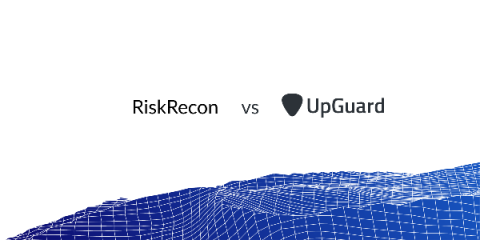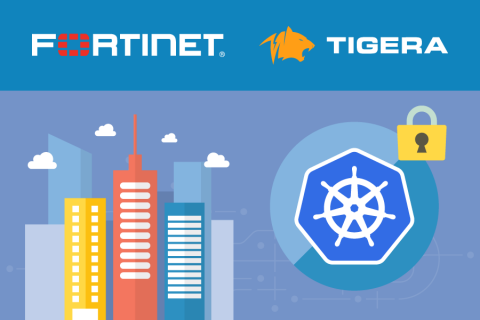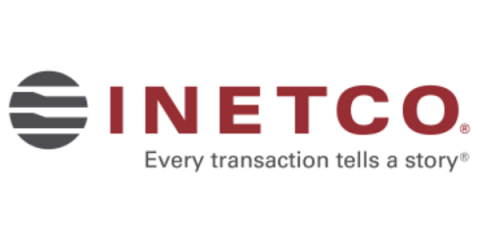What is Transport Layer Security?
Transport layer security (TLS for short) refers to a protocol that aims to offer authentication, data integrity and privacy during the communication between two different computer applications. Keep reading to learn why it is important for your organization. Every web developer aims to keep the communications conducted over the internet as safe as possible but despite all the good intentions, this is an involved task due to the flawed designs and sub par implementations of Transport Layer Security.











